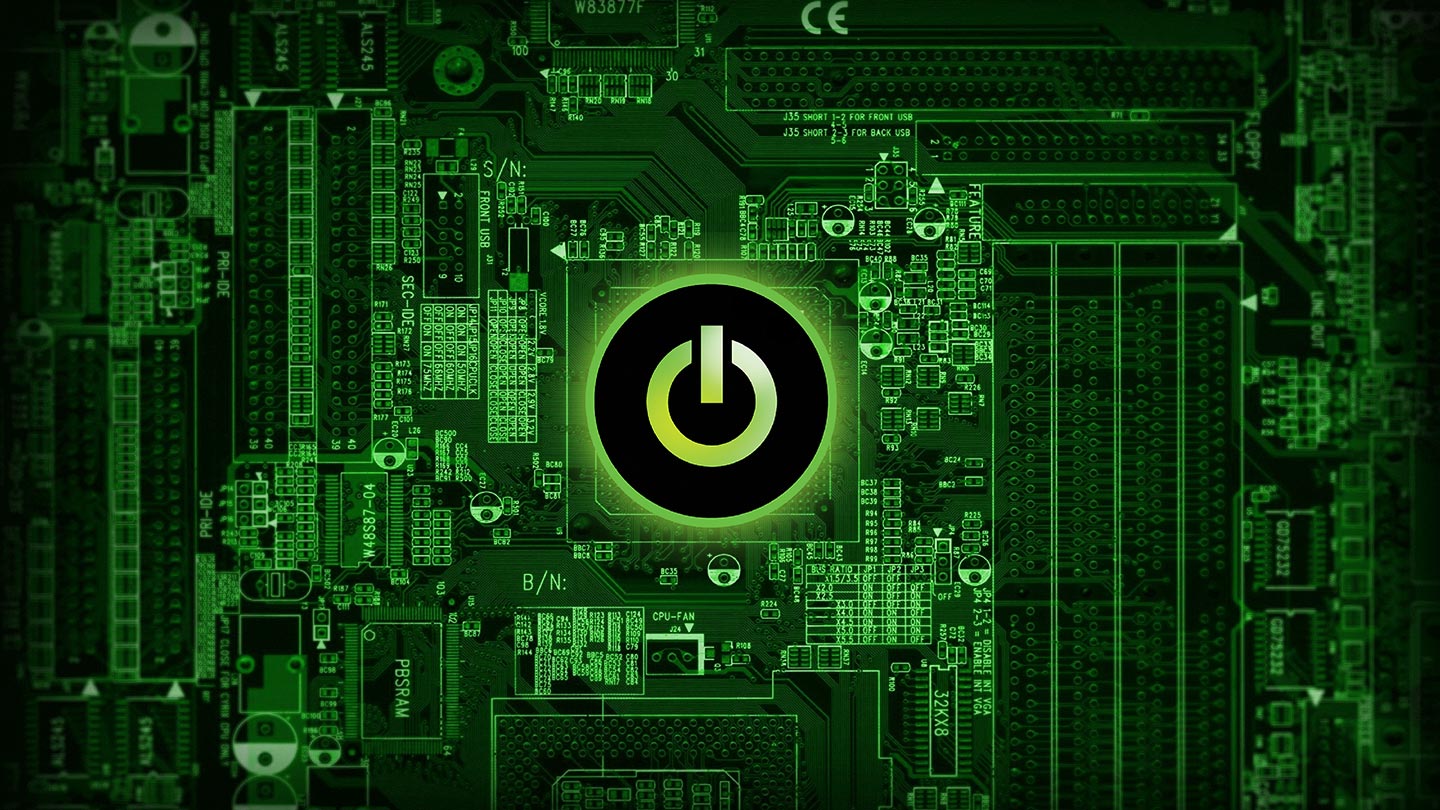
All devices on the Internet are assigned a unique Internet Protocol (IP) address. This IP address is used to identify the device and define its location. IPv4, the dominant protocol in use today, makes possible 4.3 billion distinct network addresses. You’d think that would be enough, but you’d be wrong: the pool of available IPv4 addresses is being exhausted at a rate not initially anticipated.
What’s a Web surfer to do?
IPv4 is one of the technical foundations of the Internet. Deployed in 1983, it’s still the dominant internetworking protocol . It outes most Internet traffic, even though IPv6 will eventually replace it.
Every device connected to a computer network has an IP address. IP addresses are numeric labels, and they’re typically represented using dotted decimal notations.
IPv4’s limitations come down to bits, or binary digits. These are the basic unit of information in computing. An IPv4 address has a size of 32 bits. This limits the address space to 4,294,967,296 (232) addresses. This number is even less when you consider that approximately 18 million of these addresses are reserved for private networks. Another 270 million or so are used to identify groups of hosts in various computer networks.
It was clear since the 1980s that a number of factors would exhaust the pool of available IPv4 addresses a lot more quickly than anyone imagined. These forces include
- the rapidly growing number of Internet users
- commercialization of the Internet in the 1990s
- always-on devices (e.g., ADSL and cable modems)
- mobile devices (e.g., laptop computers, personal digital assistants, cellphones)
The accepted, standard long-term solution is Internet Protocol version 6 (IPv6). Formalized in 1998, IPv6 has been in commercial deployment since 2006. It uses a 128-bit address: this means that it allows for approximately 3.4 undecillion, or 340,282,366,920,938,000,000,000,000,000,000,000,000, addresses. If you thought a gazillion is a lot, IPv6’s possibilities are limitless.
There’s one catch, though. (Isn’t there always?)
IPv4-only hosts can’t communicate directly with IPv6-only hosts. This means that IPv6 by itself doesn’t provide an immediate solution to the IPv4 address depletion issue. Migration to IPv6 is underway, but completion will take a while.
That’s okay. If 340,282,366,920,938,000,000,000,000,000,000,000,000 were seconds, we got time.
Liked this article?
We are adding more useful articles to our blog every week! Join our subscribers to stay up to date on digital security, marketing, and social media trends.
By entering your email, you agree to receive our monthly newsletter. You can unsubscribe at any time!


